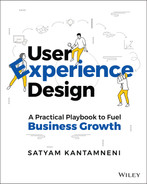CHAPTER 01
CASE STUDY OF ALTEDUKATION: Going digital is not the sole determinant of great outcomes
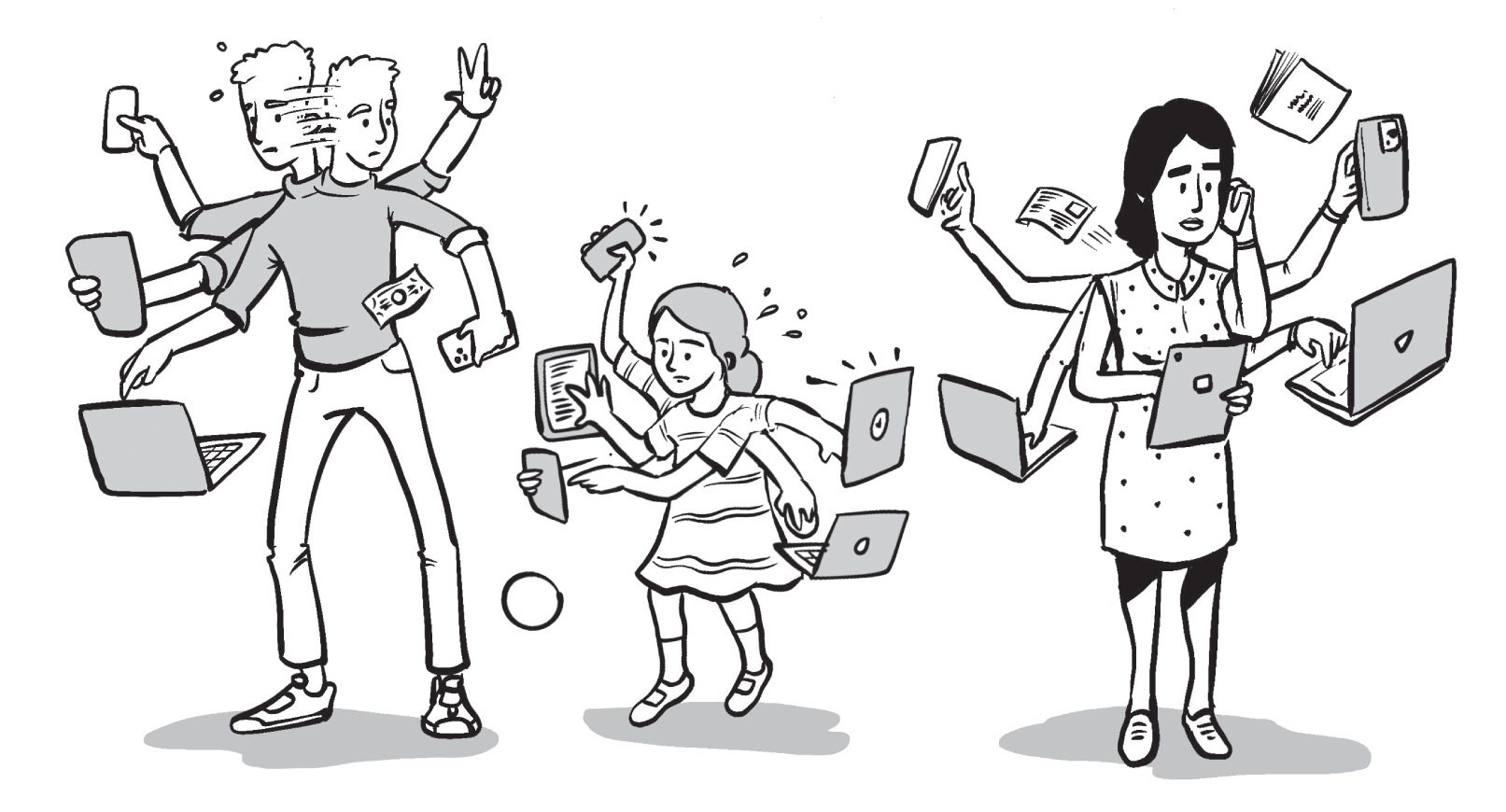
AltEdukation1 (a fictional company inspired by real life) was a well‐established company providing after‐school enrichment programs to K–12 students across the West Coast. By 2019, after decades of growth, the organization was operating 20 locations in California, Oregon, and Washington, working with more than 4,000 paying students at any given time.
The company grew its revenue by more than 40% in 2019. Then, in early 2020, the COVID‐19 pandemic erupted. By March, state governors were issuing shelter‐in‐place orders. Unfortunately, all of AltEdukation’s in‐person sites shut down for an extended period.
Upper management quickly convened a meeting to determine how to move forward. They had to transform to survive, so they asked their small but effective design, technology, and education teams to digitize all training and to find tools enabling their enrichment programs to go fully virtual. It was imperative that the current programs not stop due to the shelter‐in‐place orders. Otherwise, the company would need to refund students’ fees en masse, which would set the business back significantly.
For the next month, the team worked hard to select and transition to various online tools and platforms. They digitized booklets and tests; integrated tools for student collaboration, curriculum tracking, and online payments; and chose a web conferencing tool for instructors to use. Everyone at Alt‐Edukation felt good about all they had achieved in such a short time.
But to their surprise, satisfaction scores and enrollment rates dropped dramatically over the next few months. Students found it difficult to navigate different tools, locate course material, and collaborate with their peers, while instructors struggled to adapt to the new pedagogical approach required by online teaching.
Although these digital tools allowed the programs to proceed, the experience was not the same. Students felt that all they were doing was watching instructors lecture via web conferencing software. Since AltEdukation was not providing an enhanced learning experience, students might as well watch YouTube or Khan Academy videos instead—at least those were free.
Upper management knew that they had to act fast to save the company, but they had no idea how to move forward.
- Where should they start?
- What should the business strategy be?
- Who should lead the effort?
- Who should be on the team?
- What kind of investment was needed?
- Should they focus on the instructors or the students? And what about the parents? What new tools and features should they incorporate?
- Could they do this?
There were more questions than answers for AltEdukation’s leadership team.
The Systemic Magnitude of the Problem
Why was going digital not enough? To understand that, let’s deconstruct AltEdukation’s digital ecosystem.
Students learning from home were expected to navigate and master multiple digital systems:
- One for assessment;
- One for online learning;
- One for tracking their progress and grades;
- One for asynchronously communicating with their classmates;
- One for scheduling;
- One for email or structured communication.

What’s more, these systems didn’t account for the different needs between kindergartners and high schoolers.
Meanwhile, parents were expected to support their children in multiple digital systems:
- One for checking grades;
- One for tracking class projects;
- One for making payments;
- One for communicating with the teachers and staff;
- One for communicating with other parents;
- One for coaching their kids at home.

Teachers/instructors had to master and deliver curriculum in multiple digital systems:
- One for creating content;
- One for managing class curriculum;
- One for communicating with students and parents;
- One for working with their state’s Department of Education tools.
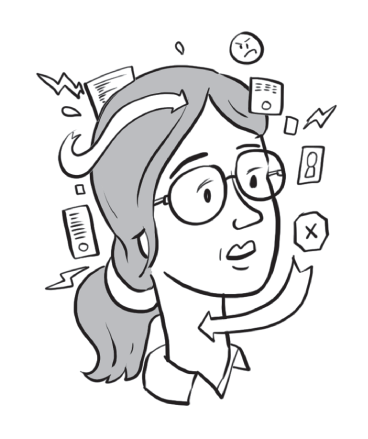
And finally, customer support teams had to develop and administer multiple digital systems:
- One for tracking and managing student payments;
- One for tracking and managing student access and passwords;
- One for communicating with parents, students, instructors, and administration;
- One for working with their vendors and partners.
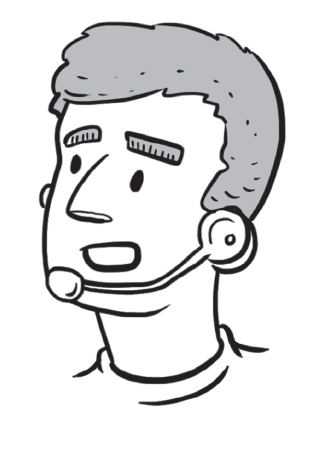
The Shifting Paradigm
AltEdukation was not alone in this situation. In fact, this exact scenario has been playing out throughout the rest of the world and across very different industries. Businesses were expected to rapidly transform to ensure viability or risk becoming obsolete.

Judges, lawyers, and plaintiffs litigating on a web conferencing tool;

Million‐dollar real estate bought through 3D walkthroughs and online notarizations;

Business‐critical brainstorming sessions via online collaboration tools, with limited face‐to‐face activity;
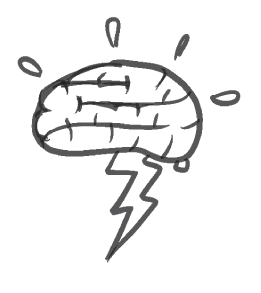
Medical and mental health appointments being handled via a mobile app in the comfort of home;
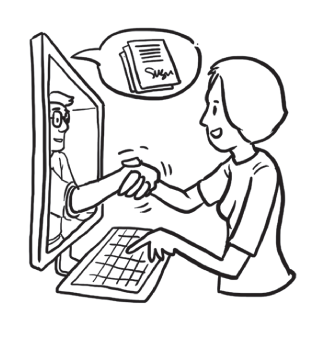
Candidates interviewed and offered roles to work remotely without even having met a single coworker in person, then working from home and interacting entirely via digital tools.
Every facet of every business now was being run by multiple, disjointed digital systems in the garb of digital transformation. While these business transformations were being put in place, the contrast of users’ expectations between their personal applications and their work/business applications became increasingly stark.
What became clear was that consumers, having been immersed in technology for nearly two decades, are no longer willing to accept disjointed digital experiences.
The pandemic brought to the forefront a critical insight for many businesses: Going digital was not enough. The user’s experience was the new problem to solve.
Note
- 1 AltEdukation is a real‐life‐inspired company created to illustrate the problem that businesses and their users are going through while digitally transforming. If you are intrigued by AltEdukation’s predicament and curious about what the CEO should have done differently, go to Chapter 45.
